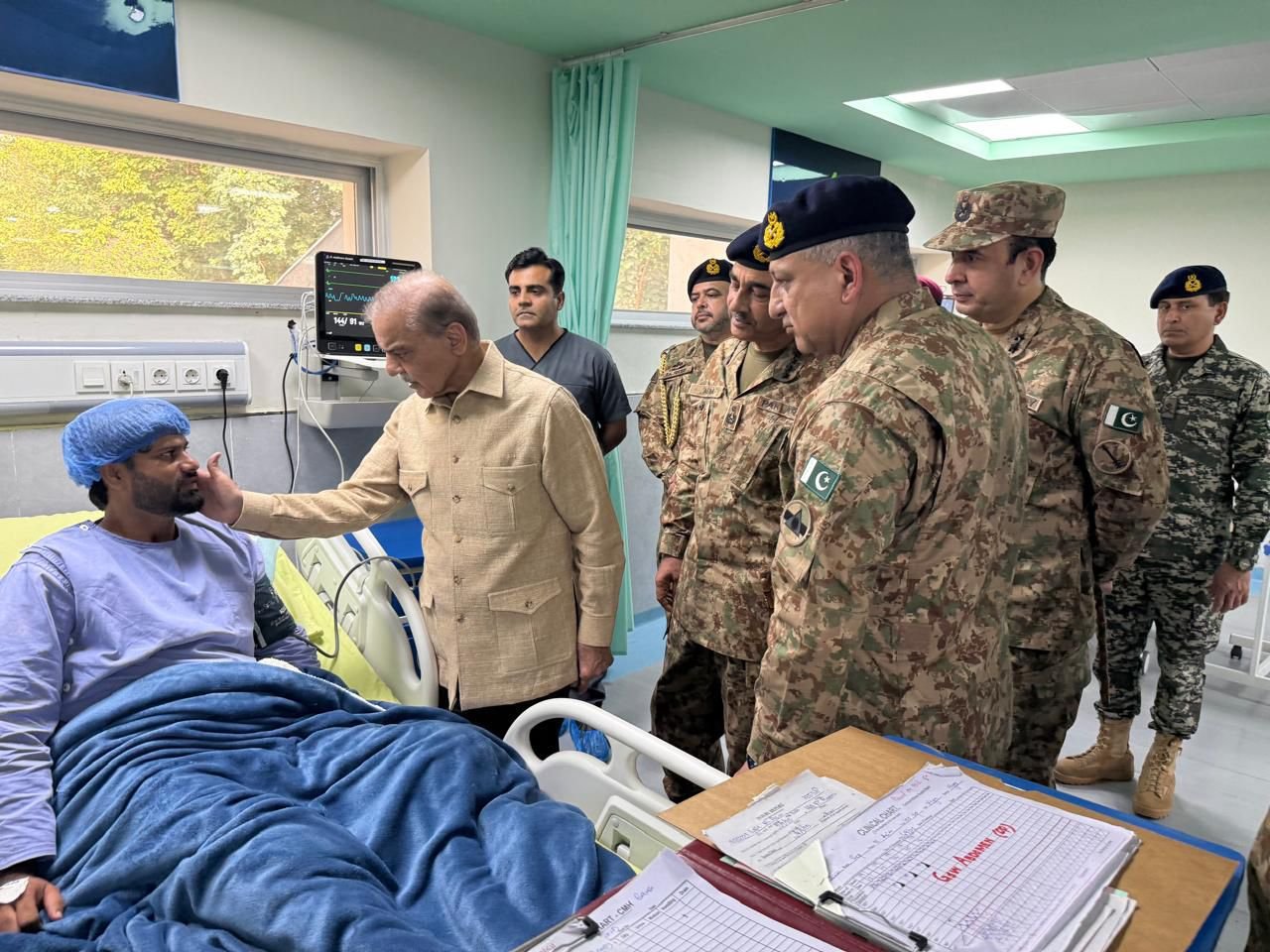Raheen Badshah
Education, long regarded as the cornerstone of economic development, is increasingly recognized as the key to unlocking Pakistan’s potential. However, a persistent and deep-rooted inequality in access to quality education is stifling the nation’s economic growth, perpetuating cycles of poverty, and exacerbating social divisions.
Access In Pakistan, education remains a privilege rather than a right for many children, particularly those from low-income families, rural areas, and marginalized communities. The education system is starkly divided, with a minority of students attending well-funded private institutions, while the majority rely on under-resourced public schools. This divide creates significant disparities in learning outcomes, with far-reaching implications for the country’s economic future. Urban areas, especially major cities like Lahore, Karachi, and Islamabad, boast some of the country’s best schools, where students benefit from experienced teachers, modern facilities, and a comprehensive curriculum. In stark contrast, rural regions, particularly in provinces like Balochistan and Khyber Pakhtunkhwa, struggle with a lack of basic infrastructure, untrained teachers, and outdated educational materials. The economic outcomes of this educational inequality are profound. A well-educated population is essential for economic innovation, productivity, and growth. However, the current state of education in Pakistan is producing a workforce that is ill-prepared to meet the demands of a modern economy.
“The gaps in education are not just a social issue but an economic one,” says Dr. Maria Khan, an economist specializing in education and development. “When a large portion of the population lacks access to quality education, it limits their employment opportunities, keeping them in low-wage, low-skill jobs. This, in turn, affects overall economic productivity and growth.” The ripple effects of these disparities extend into the labor market, where a segmented workforce emerges. Those with the means to access quality education are funneled into high-paying, secure jobs, while those from disadvantaged backgrounds are often confined to precarious, low-wage employment. This bifurcation not only widens income inequality but also limits social mobility, perpetuating cycles of poverty.
Education is often seen as a pathway out of poverty, but in Pakistan, the inequality in educational opportunities often means that poverty is passed from one generation to the next. In many low-income families, children are forced to drop out of school to contribute to the household income, perpetuating a cycle that keeps them and their future families in poverty.
For girls, the situation is particularly dire. Cultural norms and safety concerns lead to lower enrollment rates and higher dropout rates for girls, especially in rural areas. As a result, women are underrepresented in the labor force, and when they do participate, they are often confined to low-paying, informal jobs. This not only limits their economic empowerment but also affects the broader economy by reducing the overall labor force participation rate. Addressing educational inequality requires urgent and sustained policy interventions. Experts suggest that the government needs to significantly increase its investment in public education, particularly in underdeveloped and rural areas. Programs like the Benazir Income Support Programme (BISP) have shown promise in increasing school enrollment by providing financial incentives to families, but these efforts need to be expanded and sustained. There is also a need for a comprehensive overhaul of the curriculum and teacher training programs to ensure that all students, regardless of their socio-economic background, have access to a high-quality education that equips them for the challenges of the modern economy.
As Pakistan looks to the future, it must confront the stark realities of educational inequality. Without significant reforms, the country risks leaving a large portion of its population behind, with serious consequences for its economic stability and growth. The time for action is now, as the nation’s economic prosperity depends on closing the educational gaps that divide its people
About the Author:
The author is an employee of development sector, working in different USAID and AUSAID funded Education Projects.









